Dar ul-Funun High School in Tehran
The first modern university of Iran

Dar ul-Funun in Tehran is not only a historical attraction but also a significant piece of Iran’s national heritage, established during the Qajar era by the well-known Amir Kabir. In this article, we explore the significant facets of this school, delving into its rich history and cultural importance.
Contents
History and Background of Dar ul-Funun
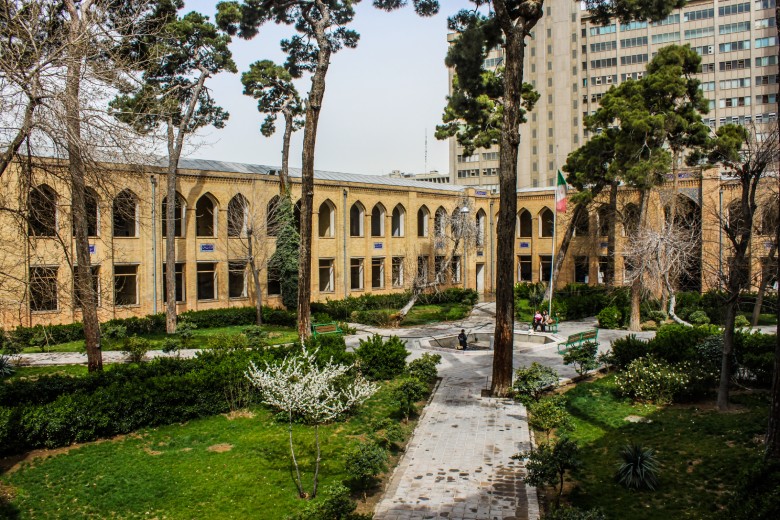
Founded in 1851 under the supervision of Amir Kabir, then the chief minister of Naser al-Din Shah, Dar ul-Funun was Iran’s first modern educational institution. Aimed at elevating the knowledge and awareness of the populace, it originally offered courses in engineering, medicine, and the sciences. By 1988, it was recognized as a national monument and today, it serves as a vital tourist destination in Tehran.
The Genesis of Dar ul-Funun
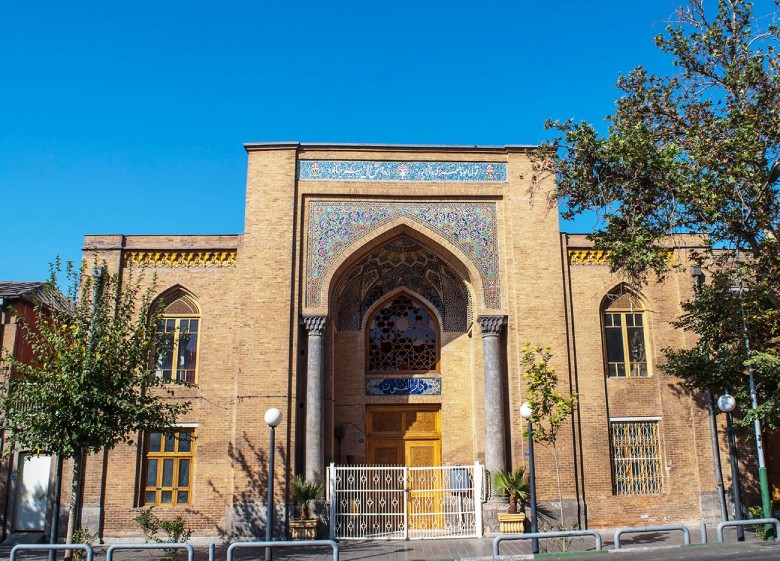
The defeats suffered by Iran during conflicts with Russia, which led to significant territorial losses, underscored the lack of critical knowledge and awareness among the country’s leadership during the Qajar period. At 22, Mirza Taghi Khan traveled to Russia, where the exposure to schools, factories, and scientific establishments inspired him to establish an institution for teaching modern sciences in Iran, which later came to be known as Dar ul-Funun. With Naser al-Din Shah’s approval, Mirza Taghi Khan selected the site and commissioned the chief architect, Engineer Bashi, to design the building.
Architectural Features and Design of Dar ul-Funun
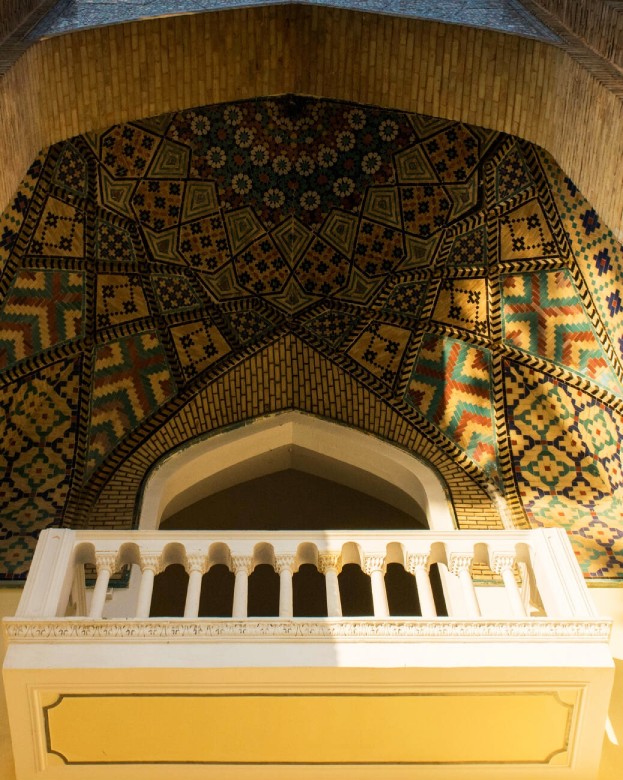
The main building of Dar ul-Funun, located in Tehran, initially chose a site near the royal palaces and military training grounds. The design was laid out by Mirza Reza Khan, the engineer of Tabriz, but in 1929, the old building was demolished and reconstructed based on a design by a Russian engineer. Today, the building stands with fifty square rooms adorned with intricate stucco and beautiful carvings, each leading out to a veranda facing a large courtyard adorned with a central pool and lush gardens.
Dar ul-Funun’s Educational System in the Past
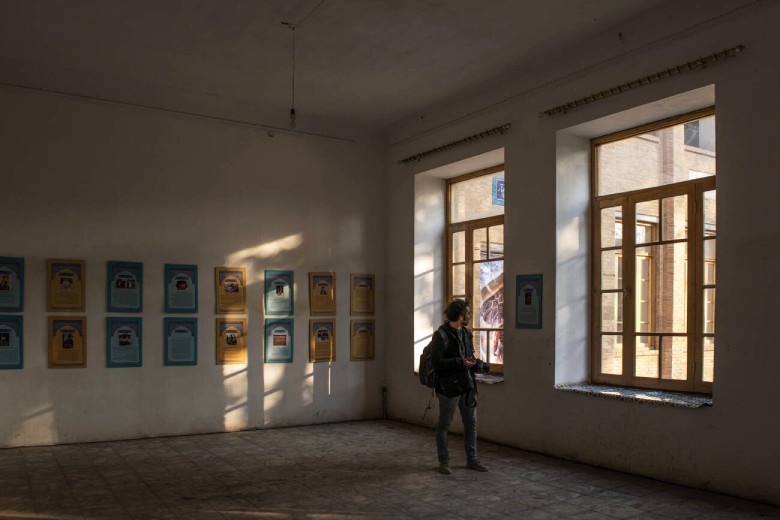
When Amir Kabir was assassinated, the school began with 7 teachers and 114 students. The curriculum included subjects such as medicine, surgery, engineering, artillery, infantry, cavalry, geology, and pharmacy. Over the years, additional subjects like geography, drafting, mathematics, traditional medicine, and foreign languages were introduced. Notable alumni include Mohammad Hassan Khan E’temad os-Saltaneh, Mirza Kazem Malati, Mirza Jahangir Khan, and Ehtesham os-Saltaneh, who made significant contributions in various fields.
List of Presidents of Dar ul-Funun
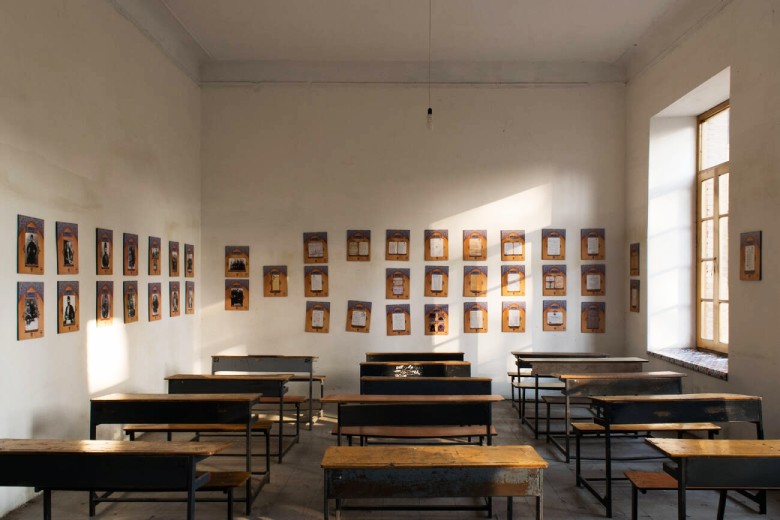
Dar ul-Funun, a cornerstone of modern education in Iran, has been led by a series of influential presidents who have steered the institution through significant periods of academic and cultural change. Here is a chronology of those who have held this prestigious position:
- Mirza Mohammad-Ali Khan Shirazi (1851–1852) – The first president, setting the foundational administrative practices.
- Aziz Khan Mokri (1852) – Served briefly, continuing the initial efforts of his predecessor.
- Mirza Mohammad Khan Amir-Tuman (1852–1857) – Oversaw several key expansions in the curriculum.
- Ali-Qoli Mirza Etezad os-Saltaneh (1857–1880) – His long tenure saw significant growth and consolidation.
- Ali-Qoli Khan Hedayat Mokhber od-Dowleh (1880–1896) – Focused on modernizing the administrative structure.
- Jafar-Qoli Khan Hedayat Nayyer ol-Molk – His tenure included updates to academic programs to include new scientific disciplines.
- Mohammad-Hossein Khan Adib od-Dowleh – Continued to develop the school’s academic offerings and infrastructure.
- Reza-Qoli Khan Hedayat Nayyer ol-Molk (1896–1906) – His leadership was marked by further expansions and modernizing the educational methods at Dar ul-Funun.
Notable Teachers of Dar ul-Funun
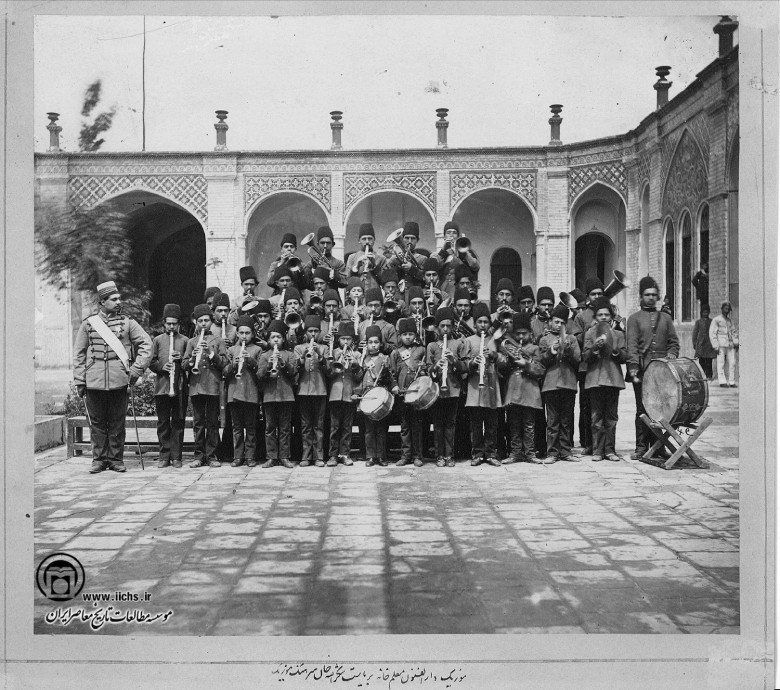
Throughout its history, Dar ul-Funun has been home to a distinguished roster of educators who have significantly contributed to the spread of modern sciences and humanities in Iran. Here are some of the notable faculty members:
- Dr. Jakob Eduard Polak – Specialized in medicine and pharmacy.
- Lieutenant August Karl Krziž – Expert in artillery.
- Captain Joseph Czarnotta – Taught mineralogy.
- Captain Zatti – Focused on engineering.
- Alfred Baron de Gumoëns – Taught infantry tactics.
- Johann von Nemiro – Cavalry instructor.
- Enrico Andreini – Another notable instructor in infantry.
- Focchetti – Covered pharmacy, physics, and chemistry.
- Jules Richard – French language specialist.
- Alfred Jean Baptiste Lemaire – Music teacher.
- Alexandre Bohler – Mathematics instructor.
- Borowski – Geography teacher.
- Johan Louis Schlimmer – Contributed to medical education.
- Joseph Désiré Tholozan – Renowned for his work in medicine.
- Albert Joseph Gasteiger – Another prominent medical professional.
- Ernst Höltzer – Known for his contributions to photography and engineering.
- Martiros Khan Davidkhanian and Eskandar Khan Davidkhanian – Taught French and Russian languages.
- Mirzā Malkam Khān Nāzem od-Dowleh – Mathematics and geometry.
- Mirzā Abdolghaffār Khān Najm od-Dowleh and Mirzā Mohammad-Hossein Gharib Shams ol-Olamā – Focused on mathematics and Persian and Arabic languages, respectively.
- Mohammad-Hossein Foroughi – History teacher.
- Joseph Richard – Specialized in the French language.
- Abdorrazzāq Khān Baghāyeri – Engineering.
- Dr. Mohammad-Hossein Loqmān Adham Loqmān od-Dowleh and Dr. Mohammad-Hassan Loqmān Adham Loqmān od-Molk – Both notable in the field of medicine.
- Ahmad Bahmanyār – Persian language instructor.
Visiting Dar ul-Funun: Access and Attractions
SURFIRAN Tours
Best Iran Tours
To visit Dar ul-Funun, you can take buses, line taxis, or online taxis like Snapp. If using the metro, the Imam Khomeini station on lines 1 and 2 is the closest stop. Entry to Dar ul-Funun is free, open all days except Thursdays and Fridays from 8 AM to 4 PM. Nearby attractions include the Post and Communications Museum and the National Garden Gate, both of which offer unique architectural and historical insights.
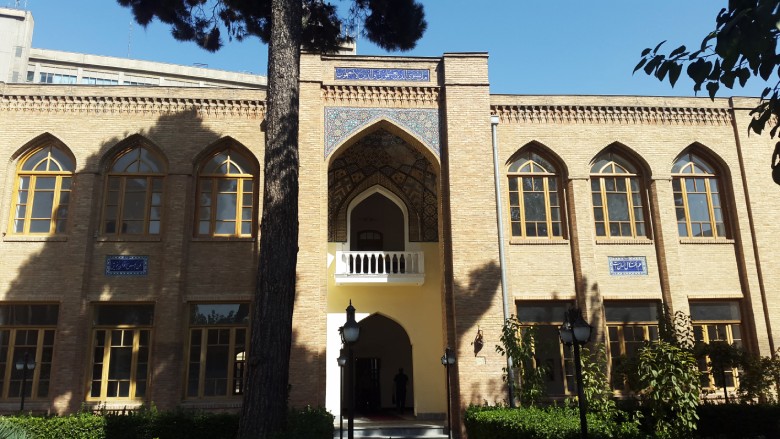
Nearby Hotels for Comfortable Stays
BOOK ONLINE
Tehran Hotels
For those planning to visit Tehran and explore Dar ul-Funun, consider staying in nearby hotels like Hotel Asareh, Pasargad, Avrin, Hejab, Varzesh, and Laleh Hotel. These hotels provide modern amenities and easy access to the school and other Tehran attractions.
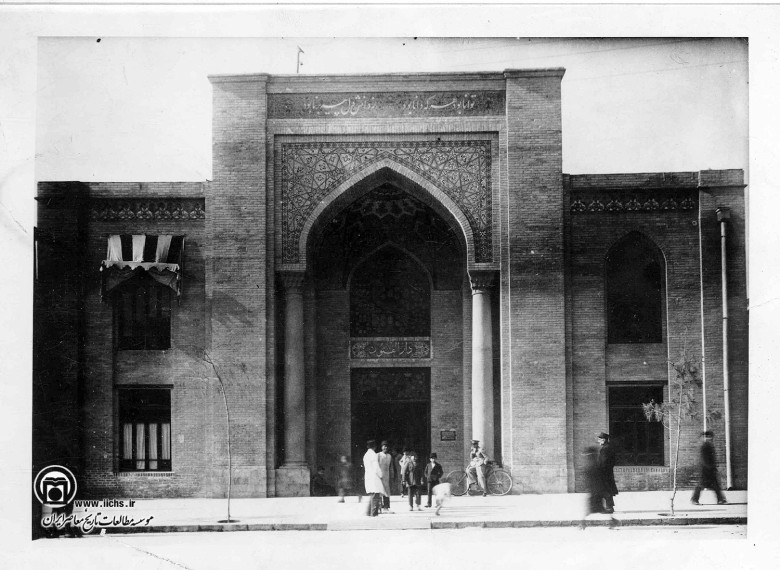
Conclusion
Exploring Dar ul-Funun offers a unique journey through time, providing insight into the historical and educational developments of Tehran. With convenient transport options and nearby attractions, your visit can be both enriching and enjoyable. For a seamless experience, consider booking your travel and accommodation through SURFIRAN or OrientTrips, ensuring a memorable trip. If you have visited Dar ul-Funun, share your experiences and the highlights of your visit with us!
Read More



